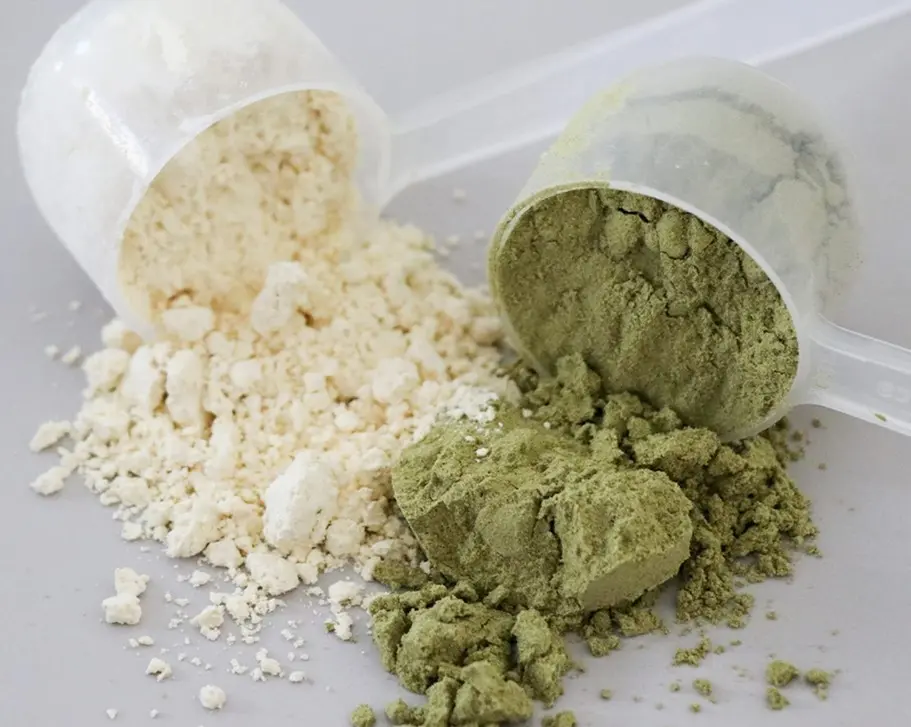In the ever-evolving landscape of cannabis consumption, innovation continues to drive the development of new products designed to enhance the user experience. One such innovation gaining traction in the industry is water-soluble THC powder. This groundbreaking technology promises to revolutionize the way we consume THC, offering improved bioavailability and faster onset of effects compared to traditional methods. In this comprehensive guide, we’ll delve into the science behind water-soluble THC powder, exploring its origins, properties, and potential benefits for cannabis enthusiasts.
Origins and Development
Water-soluble THC powder is the result of years of research and development aimed at overcoming the limitations of traditional cannabis consumption methods. Historically, cannabinoids like THC have low solubility in water, making it challenging for the body to absorb them efficiently. However, advancements in nanotechnology and formulation techniques have paved the way for the creation of water-soluble THC powder, which dissolves readily in water and offers significantly improved bioavailability.
Understanding Bioavailability
Bioavailability refers to the proportion of a substance that enters the bloodstream and is available for the body to use. In the context of cannabis consumption, bioavailability plays a crucial role in determining the onset and intensity of effects. Traditional methods of consumption, such as smoking or vaping, have relatively high bioavailability because cannabinoids are rapidly absorbed through the lungs. In contrast, oral ingestion, such as consuming cannabis-infused edibles, typically results in lower bioavailability due to the slower and less efficient absorption process in the digestive system.
The Science Behind Water Solubility
The key to the enhanced bioavailability of water-soluble THC powder lies in its ability to dissolve readily in water. This is achieved through a process known as nanoemulsification, where cannabinoids are broken down into tiny particles and encapsulated within lipid molecules. These lipid-based nanoparticles are then dispersed in water, creating a stable emulsion with uniform distribution of THC throughout the solution. This transformation increases the surface area of the cannabinoids, allowing for more efficient absorption by the body’s cells.
Benefits of Water Soluble THC Powder
The development of water-soluble THC powder represents a significant advancement in cannabis technology, offering several potential benefits for consumers. One of the most notable advantages is its rapid onset of effects, which allows users to experience the desired effects within minutes of consumption, as opposed to waiting hours for edibles to take effect. Additionally, water-soluble THC powder can be easily incorporated into a variety of beverages and culinary creations, providing a convenient and discreet way to consume cannabis.
Maximizing Absorption Efficiency
In addition to its improved bioavailability, water-soluble THC powder offers another distinct advantage: increased absorption efficiency. Because the cannabinoids are encapsulated within lipid molecules, they can bypass the liver’s first-pass metabolism, where a significant portion of orally ingested cannabinoids are metabolized before reaching the bloodstream. This means that a higher percentage of the THC is absorbed directly into the bloodstream, resulting in a more potent and consistent experience for the user.
Tailoring Dosage and Effects
Another benefit of water-soluble THC powder is its precise dosing capabilities, allowing users to customize their experience with greater accuracy. Unlike traditional edibles, which can be challenging to dose accurately due to variations in absorption rates and metabolism, water-soluble THC powder allows for more predictable and controlled dosing. This enables users to tailor their dosage to achieve their desired level of intoxication or therapeutic effects without the risk of overconsumption.
Exploring Potential Applications
The versatility of water-soluble THC powder opens up a world of possibilities for its use in various applications beyond traditional cannabis consumption. From infused beverages like teas, coffees, and cocktails to culinary creations such as baked goods, sauces, and dressings, the options are virtually limitless. Additionally, water-soluble THC powder can be incorporated into skincare products, topical creams, and transdermal patches for localized relief of pain, inflammation, and skin conditions.
Safety and Considerations
While water-soluble THC powder offers many benefits, it’s essential to approach its use with caution and awareness. As with any cannabis product, it’s crucial to start with a low dose and gradually increase as needed to avoid potential adverse effects, especially for novice users or those with low tolerance. Additionally, be mindful of the legal regulations surrounding cannabis consumption in your jurisdiction, as laws vary from region to region.
Final Thoughts
In conclusion, water-soluble THC powder represents a groundbreaking advancement in cannabis technology, offering improved bioavailability, rapid onset of effects, and precise dosing capabilities. By harnessing the power of nanotechnology and formulation science, this innovative product has the potential to revolutionize the way we consume cannabis, providing a more efficient, convenient, and enjoyable experience for consumers. As research and development continue to progress, we can expect to see even more exciting advancements in the realm of cannabis-infused products in the years to come.
For wholesale purchasing of cutting-edge water-soluble THC powder, consider Nano Hemp Tech Labs, a trusted brand renowned for its innovative cannabinoid formulations. Elevate your product offerings with our advanced technology and superior quality. Contact us via our contact form to discuss wholesale opportunities and explore the future of cannabis consumption.
Reference:
- Choi, M., Woo, M., Baek, K., Park, J., Joung, S., Choi, Y., … & Jin, S. (2023). Enhanced oral bioavailability of rivaroxaban-loaded microspheres by optimizing the polymer and surfactant based on molecular interaction mechanisms. Molecular Pharmaceutics, 20(8), 4153-4164. https://doi.org/10.1021/acs.molpharmaceut.3c00281





